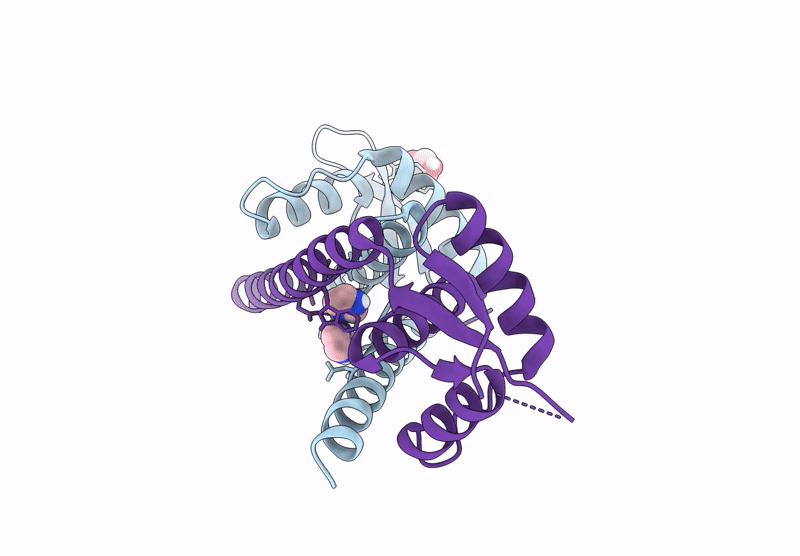
Deposition Date
2024-11-01
Release Date
2025-03-05
Last Version Date
2025-05-07
Entry Detail
PDB ID:
9HA0
Keywords:
Title:
Crystal structure of Cu(II)-bound LmrR_V15Bpy variant BVS
Biological Source:
Source Organism:
Lactococcus cremoris subsp. cremoris MG1363 (Taxon ID: 416870)
Host Organism:
Method Details:
Experimental Method:
Resolution:
1.75 Å
R-Value Free:
0.23
R-Value Work:
0.19
R-Value Observed:
0.19
Space Group:
P 21 21 21


